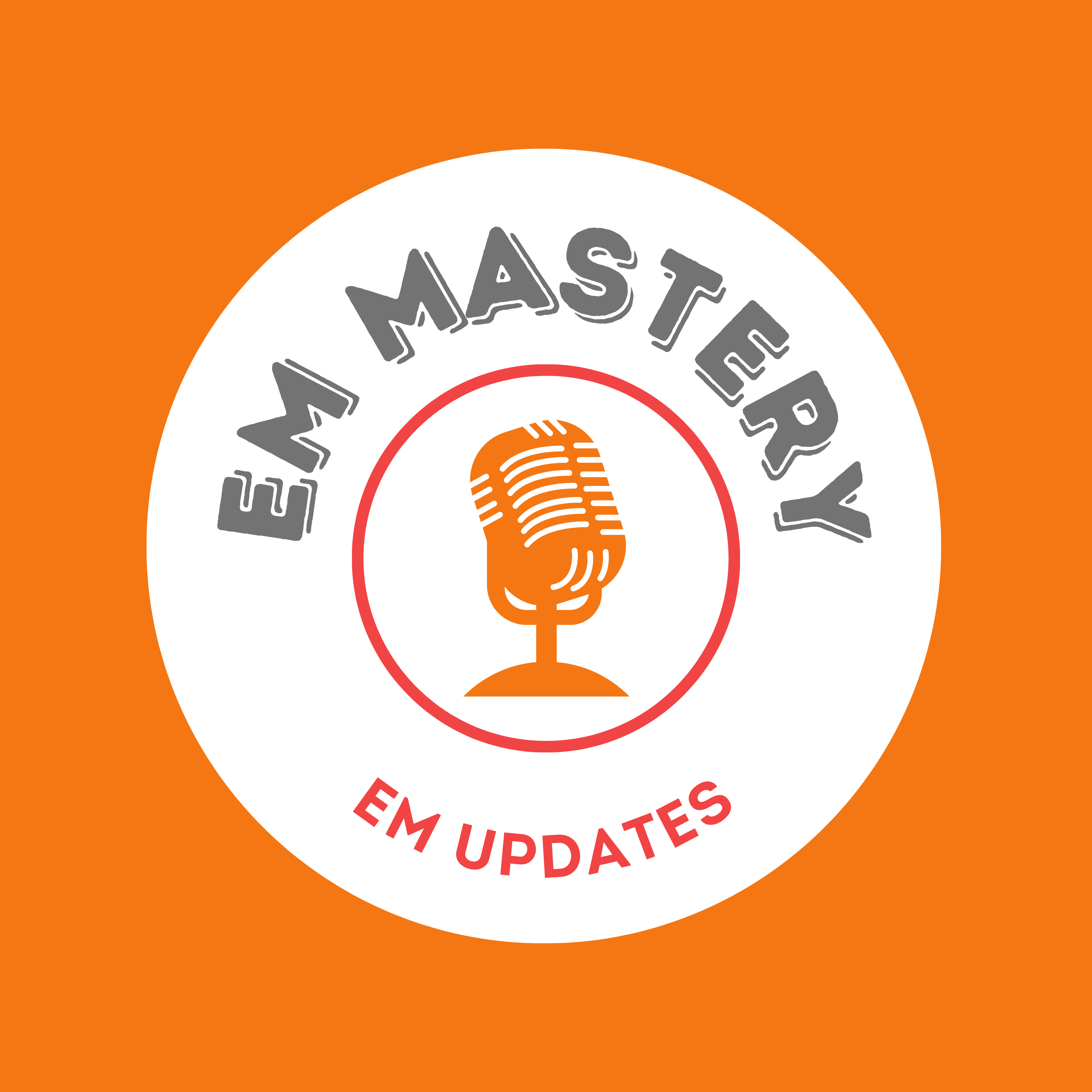Here’s a patient presentation, I have residents and registrars discuss with me frequently. An elderly patient who had a mechanical fall at home is brought into the ED by ambulance. The patient may or may not remember a head strike. I am asked the question, “They seem well, no headache and no loss of consciousness and not on anticoagulants, do I need to do a CT head?” (20 minutes read)
How would you answer? What do all the head injury scores say?
This new study gives us a glimpse into the rate of injury from fall from standing height trauma. It also gives us a very concerning picture of how many of the elderly with significant injuries, have little to find in the history and clinical examination.
We know that older age is an independent predictor of intracranial injury. In these elderly patients our clinical judgement has been found to be unreliable in identifying those patients with serious intracranial injury. It is for that reason that elderly patients are excluded from low risk head injury scores. Both the NEXUS Head CT Instrument and the Canadian Head CT Injury Rule, only require a patient to be > 65 years old, to be called a high risk case requiring a CT scan.
In this review we look at a secondary analysis of data from the National Emergency X-Radiography Utilization Study (NEXUS) Head Computed Tomography (CT) validation study.
What They Did
They performed a secondary analysis of patients > 65 years enrolled in the NEXUS Head CT decision instrument validation study, whose main aim had been to validate the performance of the previously derived NEXUS head CT decision instrument.
This content is locked
Login To Unlock The Content!




